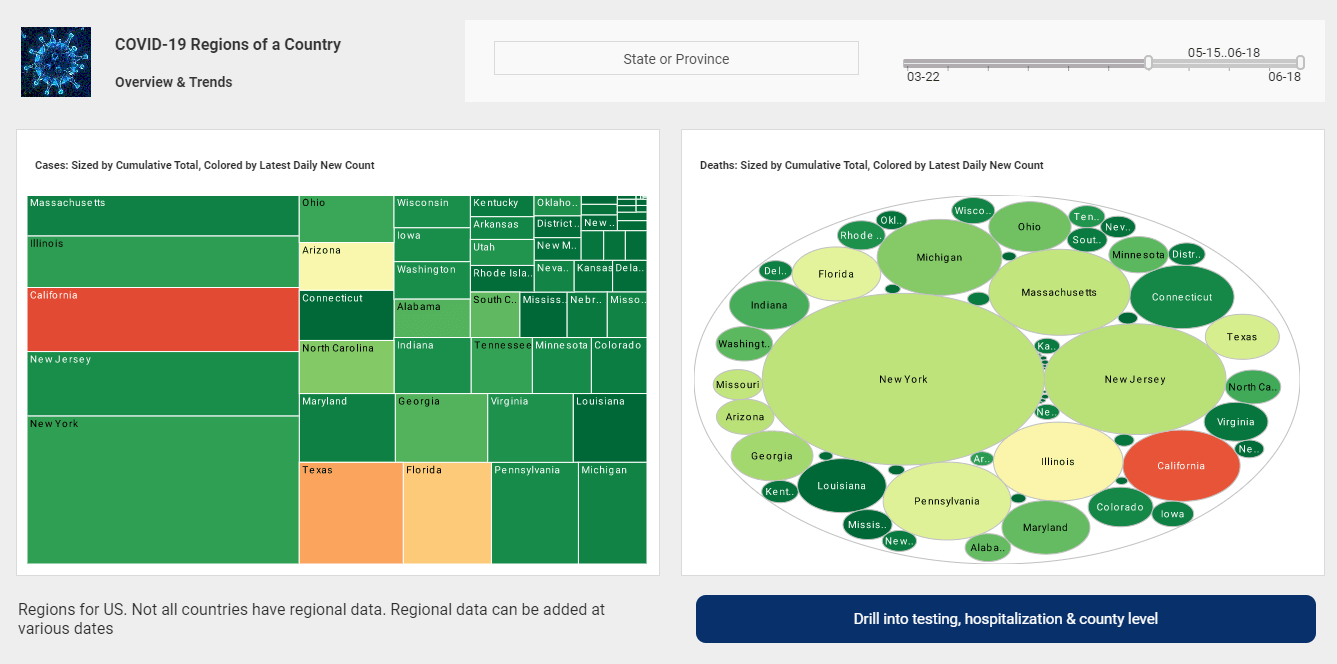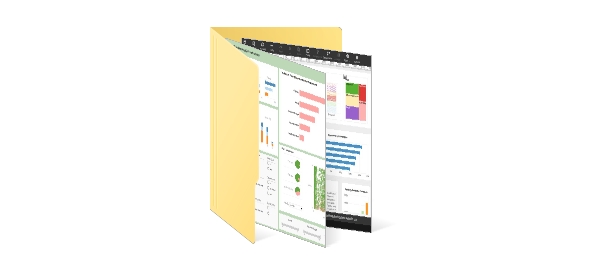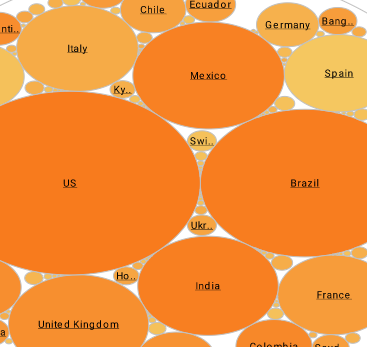What Features Does a Cloud Application Developer Need in a Chart Tool?
Cloud application developers often rely on chart tools to visualize data and present it in a comprehensible manner. The choice of a chart tool can significantly impact the effectiveness of data representation in applications. Here are several features that a cloud application developer might find crucial in a chart tool:
-
Versatility:
- Chart Types: A good chart tool should offer a variety of chart types (e.g., bar charts, line charts, pie charts) to accommodate different data visualization needs.
- Customization: Developers need the ability to customize the appearance of charts to align with the application's design and user preferences.
- Interactivity:
- Data Interactivity: Developers often require the capability to enable interactive features like tooltips, zooming, and panning for users to explore and understand the data better.
- Event Handling: The ability to handle user interactions like clicks and hovers is essential for creating dynamic and responsive applications.
- Real-Time Data Support:
- Streaming: For applications dealing with real-time data, the chart tool should support streaming data to provide up-to-the-minute visualizations.
- Scalability:
- Performance: The chart tool should be able to handle large datasets efficiently, ensuring smooth performance even with extensive amounts of data.
- Integration:
- APIs and Libraries: Seamless integration with common programming languages and frameworks (JavaScript, Python, etc.) is vital. Having well-documented APIs and libraries simplifies the development process.
- Data Source Connectivity: The ability to connect to various data sources (databases, APIs, etc.) facilitates easy data retrieval for visualization.
- Responsive Design:
- Mobile Compatibility: As applications are accessed on various devices, including mobile, the chart tool should support responsive design to ensure optimal viewing and interaction across different screen sizes.
- Security:
- Data Encryption: If the application deals with sensitive data, the chart tool should support data encryption to ensure the security of information during transmission and storage.
- Collaboration Features:
- Sharing and Embedding: The capability to share charts easily and embed them in other applications or websites promotes collaboration and data dissemination.
- Accessibility:
- ADA Compliance: A good chart tool should adhere to accessibility standards to ensure that charts are usable by individuals with disabilities.
- Documentation and Support:
- Comprehensive Documentation: Clear and comprehensive documentation is crucial for developers to quickly understand and implement the chart tool's features.
- Community Support: An active and supportive user community can be valuable for addressing issues and sharing best practices.
This is from the API documentation of Style Intelligence, InetSoft's business intelligence software for dashboards, reporting, and analytics. Other chart tools are Style Scope Enterprise Edition, the stand-alone dashboard software product and the free web-based Visualize Free.
LineElement.setClosed(boolean)
Specifies whether the line object should be automatically closed (i.e., endpoints connected).
TypeBoolean true: close the figure false: do not closeExample (Report or Viewsheet)
importPackage(inetsoft.graph)
importPackage(inetsoft.graph.data)
importPackage(inetsoft.graph.scale)
importPackage(inetsoft.graph.aesthetic)
importPackage(inetsoft.graph.element)
var arr = [["State","Quantity"], ["NJ",100], ["NY",300],
["PA",200]];
dataset = new DefaultDataSet(arr);
graph = new EGraph();
elem = new LineElement("State", "Quantity")
elem.setClosed(true);
graph.addElement(elem);
LineElement.setEndArrow(boolean)
Specifies whether an arrow should be drawn at the end of the line (last point).
ParametersBoolean true: draw arrow false: do not draw arrowExample (Report or Viewsheet)
importPackage(inetsoft.graph)
importPackage(inetsoft.graph.data)
importPackage(inetsoft.graph.scale)
importPackage(inetsoft.graph.aesthetic)
importPackage(inetsoft.graph.element)
var arr = [["State","Quantity"], ["NJ",100], ["NY",300],
["PA",200]];
dataset = new DefaultDataSet(arr);
graph = new EGraph();
elem = new LineElement("State", "Quantity")
elem.setEndArrow(true);
graph.addElement(elem);
LineElement.setStackGroup(boolean)
Specifies whether each subgroup receives an independent element (separate line), or whether a single element is used for all.
ParametersBoolean true: independent lines for each group false: single line for all groups (default)Example (Report or Viewsheet)
importPackage(inetsoft.graph)
importPackage(inetsoft.graph.data)
importPackage(inetsoft.graph.scale)
importPackage(inetsoft.graph.aesthetic)
importPackage(inetsoft.graph.element)
var arr = [["State","Product","Quantity"], ["NJ","P1",200],
["NJ","P2",300], ["NY","P1",300],
["NY","P2",100]];
dataset = new DefaultDataSet(arr);
graph = new EGraph();
var elem = new LineElement("State", "Quantity");
elem.setColorFrame(new CategoricalColorFrame("Product"));
elem.setStackGroup(true);
graph.addElement(elem);
LineElement.setStackNegative(Boolean)
Specifies whether negative and positive values stack independently on opposite sides of the axis, or whether stacking is cumulative (i.e., determined arithmetically).
ParametersBoolean true: independent stack order for each group false: single stack order for all groupsExample (Report or Viewsheet)
importPackage(inetsoft.graph)
importPackage(inetsoft.graph.data)
importPackage(inetsoft.graph.scale)
importPackage(inetsoft.graph.aesthetic)
importPackage(inetsoft.graph.element)
var arr = [["State","Product","Quantity"], ["NJ","P1",200],
["NJ","P2",300], ["NY","P1",-300],
["NY","P2",100]];
dataset = new DefaultDataSet(arr);
graph = new EGraph();
var elem = new LineElement("State", "Quantity");
var scale = new LinearScale("Quantity");
elem.setColorFrame(new CategoricalColorFrame("Product"));
elem.setStackGroup(true);
elem.setStackNegative(false);
elem.setCollisionModifier(GraphElement.STACK_SYMMETRIC);
graph.addElement(elem);





